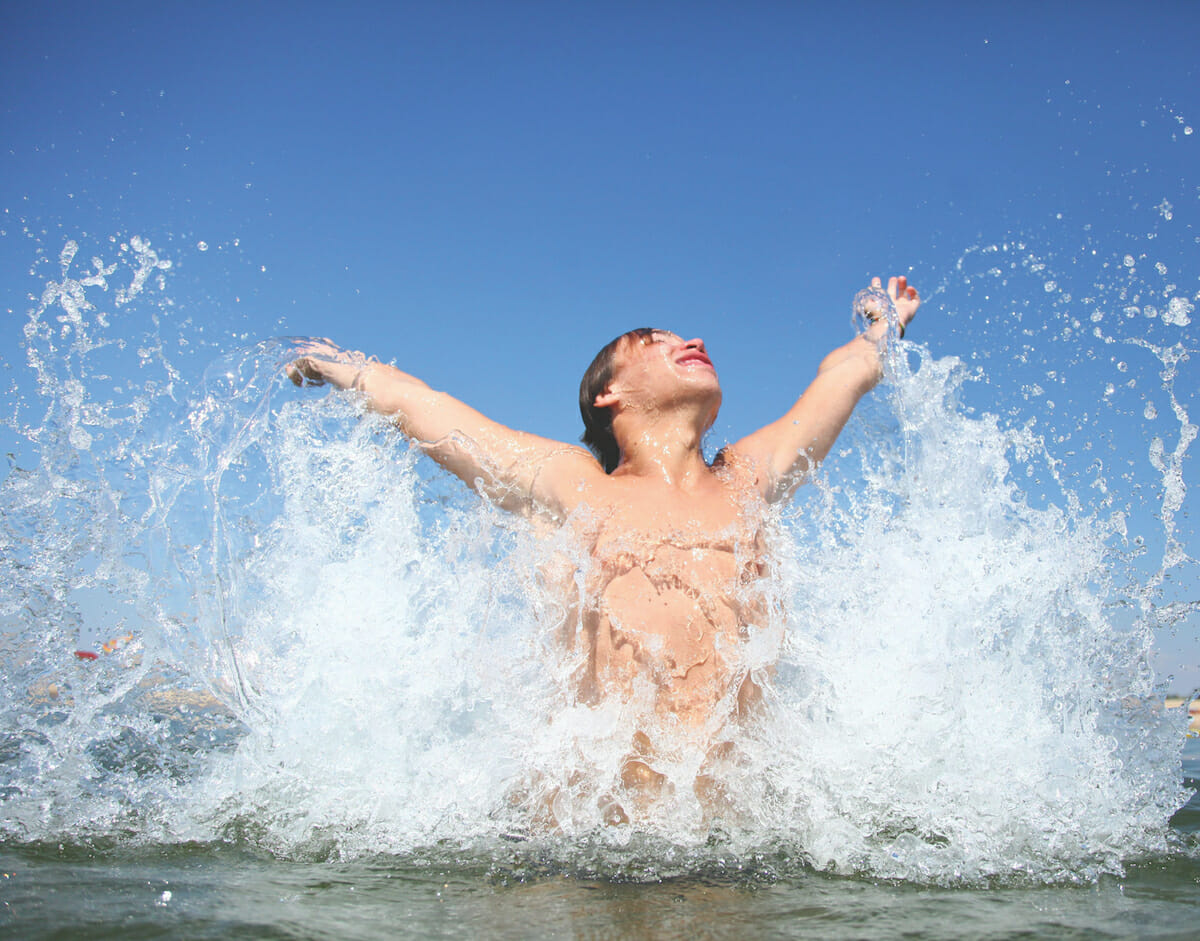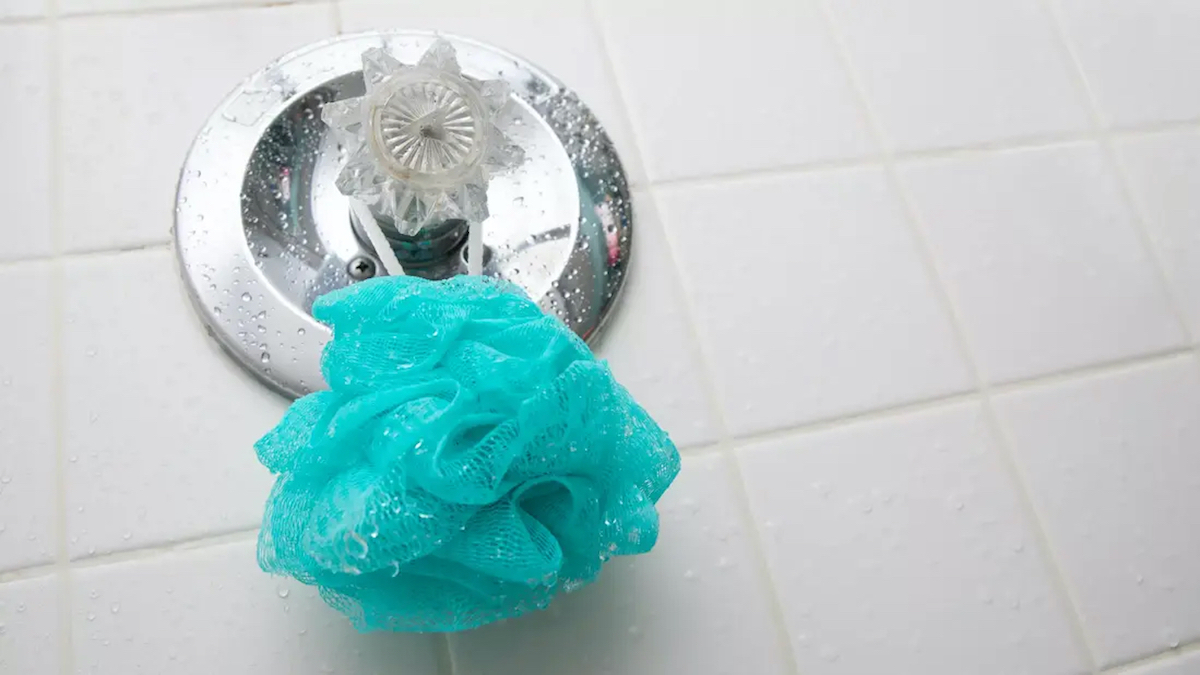What would summer be without days spent frolicking at the beach or afternoons spent splashing in the pool? Fun in the water makes hot days more enjoyable and bearable, and few summertime activities do not involve water play in one aspect or another.
Although time spent in the water can be refreshing and entertaining, water does present certain hazards, particularly for those who do not know how to swim. Learning to swim, especially at a young age, is advisable and a great way to remain safe around the water.
The World Health Organization says drowning is the third leading cause of unintentional injury death across the globe, accounting for seven percent of all injury-related deaths. Children, males, and individuals with increased access to water are most at risk of drowning. In general, children under five years of age have the highest drowning mortality rates in the world.
According to the American Academy of Pediatrics, parents should consider swimming lessons for most children between the ages of one and four. New research has revealed that swimming instruction for children between the ages of one and four may decrease drowning risk. However, parents should be advised that swimming lessons do not remove all risk. Children still need constant supervision when in and around water. Additionally, learning CPR can be a life-saving measure.
When enrolling children in swim lessons, parents should look for safety-certified instructors who have first aid and resuscitation training and certification. Many programs offered are sponsored by the YMCA and other local sports programs. Private clubs may have their own instructors.
Children between the ages of one and three typically do not have the motor coordination to swim effectively. These children can benefit from swim lessons that emphasize getting used to the water, safety and learning some swimming readiness skills. Instruction may involve teaching children how to move their legs and arms and strengthen muscles used for swimming. Children between the ages of four and five may be more developmentally ready for swimming. Such youngsters may move from water-safety lessons to actual swimming with or without support. A study titled “Children’s readiness for learning front crawl swimming” published in a recognized Science and Sport journal, showed that whether kids “started lessons at two, three or four years of age,” they learned to swim well at “approximately the same mean age of five and a half years.”
In addition to swimming lessons, parents and other adults can ensure water safety by taking the following precautionary measures:
Children should never be left unattended in the water. It takes mere inches of water for a youngster to drown.
In the pool or another body of water, caregivers should be within touching distance of young swimmers to provide help if needed, even if the child is wearing a floatation device.
Keep rescue equipment by the pool.
Remove toys from the pool when it’s not in use. These toys can attract children who will go in after them.
A fence around the perimeter of the yard may be mandatory, but a fence around the pool itself is another safety barrier to consider. The fence should feature a self-latching gate.
Even adults should be watched while swimming. It is always a safe idea to swim with a buddy, so that the other person can get help if something goes wrong.









